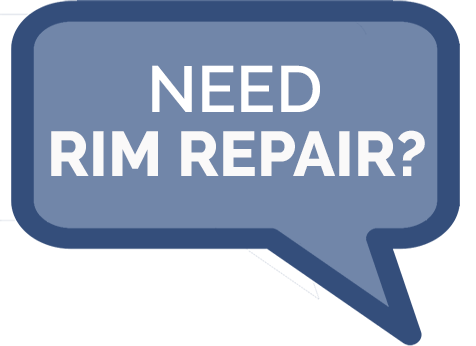Does brake dust damage your wheels?
Brake dust residue on wheels is an issue that millions of car owners deal with every day. The dark gray, black, or red residue that shows up on your rims is just a result of normal wear and tear on your brakes. But brake dust not only affects the appearance of your car. It also can cause significant damage if not addressed promptly.
What causes brake dust?
Here are some of the main factors that contribute to brake dust:
- When you apply the brakes, the pads press against the rotors, creating friction. This generates heat and causes microscopic particles to be scraped off the brake pads and rotors.
- Brake pads usually contain metallic fibers that help reduce friction. As this wears down, it produces dust particles.
- The heat produced during braking can cause the metallic particles worn off from the brake pads and rotors to get a static charge, making them stick to the wheels and other parts of the vehicle.
- Some brake pads have indentations that can trap dust, leading to a buildup.
- Factors such as driving style, frequency of braking, and road conditions can affect the amount of brake dust your car produces. For example, frequent braking or stop-and-go traffic can accelerate brake wear and increase the amount of dust.
- Different types of brake pads produce varying amounts of dust. High-performance pads tend to be softer and may create more dust than ceramic pads.
What effects can brake dust have on your vehicle?
- Damage to alloy wheels: The metallic brake dust is corrosive and can etch into an alloy wheel's protective coating, potentially causing irreversible damage if not cleaned regularly. Over time a combination of moisture, grime, and brake dust can lead to severe pitting of alloy rims. Once your rims get to the point of severe pitting, the only option is to have your alloy rims professionally refinished.
- Reduced braking performance: While some brake dust is normal, excessive accumulation can affect the performance of your brakes. Brake dust buildup on the brake caliper and rotor can create an uneven braking surface that may cause vibrations and noise.
- Abrasive effects: If brake dust is left on surfaces for too long, it can act as an abrasive when you try to clean it off. This can cause scratches or further damage to the wheel's finish.
- Increased wear on your brakes: If brake dust accumulates, especially inside drum brakes, it can lead to increased wear and tear on brake parts.
- Aesthetic issues: Brake dust can make wheels look dirty, detracting from your vehicle's overall appearance.
How to deal with brake dust
The experts at Rimguard in Raleigh shared the following advice for dealing with brake dust:
- Be sure that any cleaning solution you use on your rims doesn’t contain ammonia-based or acid-based solutions.
- Wash your alloy rims with a quality cleaner and wax similar to what you would use on the body of your vehicle.
-
To add even more protection, apply rim wax. This will cut down on brake dust corrosion in between washes and will not harm or dull the finish of your rims.
Contact us today!

